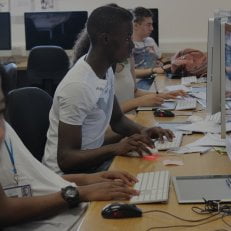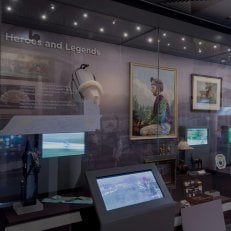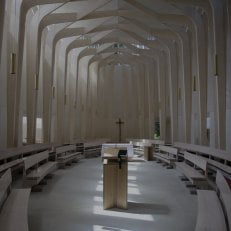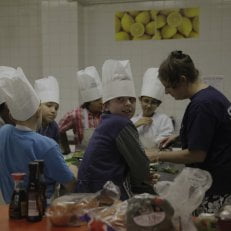Risk and Reward: Creating an Online Festival
Arts festivals, often run by small, hard-working teams of freelance staff and with an obvious reliance on bringing numbers of people together for a concentration of events, are as badly hit by the pandemic as almost any other sector I can think of. Many have proved ill-placed to benefit from government support that was largely based on having PAYE staff and /or business premises.
My mixed working portfolio includes management of Brecon Baroque Festival (BBF), alongside its Artistic Director, violinist Rachel Podger, which takes place in the lovely Welsh town of Brecon each October. After months of assessing and reassessing the chances of any sort of live festival in 2020, we concluded that the only options were either to lie dormant for a year, or creating a wholly online festival.
We agreed that, for our festival, the risks in lying fallow for a year outweighed those of moving online. We very much wanted to fulfill commitments, as far as possible, to artists, audience and funders and saw risk in not doing so. Going online seemed desirable and pragmatic – but was a whole new world for us.
Every festival or arts organisation is unique and the questions to be asked in making this decision will yield different answers for each one.
Key Questions
Should we put our events online?
– what are the benefits for our organisation, audience and stakeholders in creating an online festival?
– can we produce output distinctive enough to cut through a crowded online market?
– do we have access to our established audience (i.e. box office data) and how confident are we that the audience will engage with us online?
– is there a new audience we can reach?
Facing the realities:
– have we the resources to adapt our work to go online?
– what can we do ‘in house’ and where do we need specialist support?
– what is the right approach for our charity to meeting the costs of this new area of activity? Pay to view, inviting donations, increasing memberships, combination of all three?
Process and product:
– are we going to stream a live event, as though there were an audience there, with little or no editing?
– are we going to produce a recording that is edited and has a relatively long online lifetime?
– can we provide a level of service and customer care to meet the expectations of paying digital attenders?
To pay or not to pay
My feeling is that where professional artists have come together to make special content, their endeavor and that of the organisation that has worked and paid for them to do so should be rewarded. There should be a charge to view. Many organisations have reported disappointing results (financially speaking) from free output with an exhortation to donate. It seems to me appropriate for big companies with a wonderful back catalogue of filmed material to share it free of charge at a time of emergency (and goodness knows, I’ve enjoyed it), but I don’t believe that every arts organisation should be haunted by a guilty pressure to try to match that.
There is much evidence to demonstrate that, whilst denied live performance, audiences are very appreciative of online output. Excellent research by Indigo Ltd* shows that specially made content is most likely to find an audience that is willing to pay to view.
My learning
I would argue that, for many festivals, material that reflects the ‘personality’ and location of the festival is especially potent, both in its audience satisfaction levels, and in its capacity to unlock giving and take-up of membership.
For us, creating an online festival worked. BBF 2020 Online achieved all it wanted to and more financially. We exceeded our online ticket sales target by a broad margin (this was set at a modest level in the first place because it was such new territory for us) and did well on additional donations and memberships. Grant funders are pleased that we have been proactive.
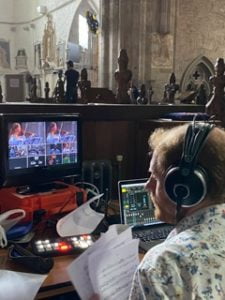
Where individual donations are concerned, we focused our ask not on an emergency 2020 message, but on a Festival Futures Fund, looking to recovery and gradual resumption of an artistically ambitious programme for 2021 – 2023 and beyond.
The planning situation for 2021 is a fresh challenge, with significant uncertainty remaining over venue capacities and audience feelings about personal vulnerability. A budget written now will probably be unrecognisable in a few months time – but we all need to start somewhere.
Acquiring a hitherto unknown online audience has been a wonderful thing for BBF. We now have contact with hitherto unknown friends and supporters across the globe. We want very much to keep them alongside us, so as 2021 opens, we are addressing fresh questions about how to combine live and digital performance.
Thanks to good take-up of the 2020 Online Festival and generous additional donations from viewers and others, I would say that this festival is now in a position to meet the challenges to come…..and has learnt a lot along the way.
* Detailed research tracking audience reactions throughout Covid is available free of charge at www.indigo-ltd.com. Material includes After the Interval, Act 2, Christmas Online survey, Culture Restart Toolkit. It examines reactions to digital output and feelings about a return to attending live events.

